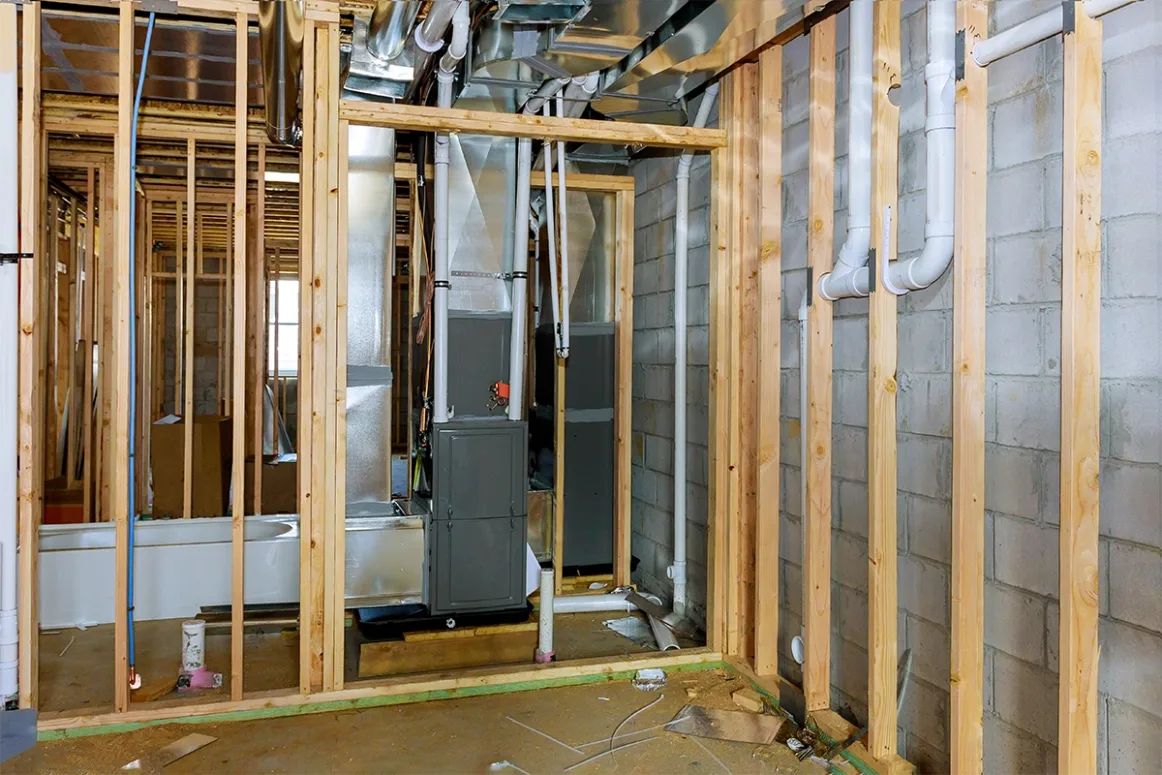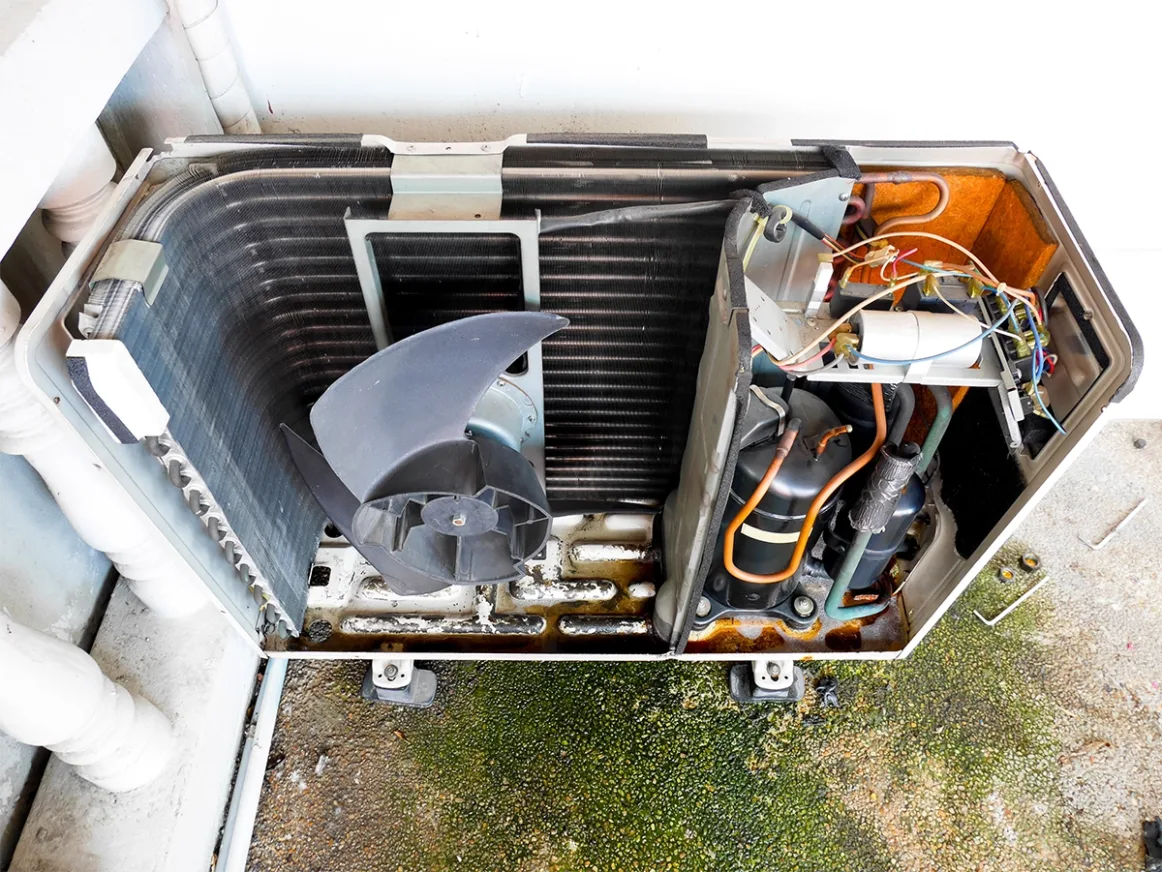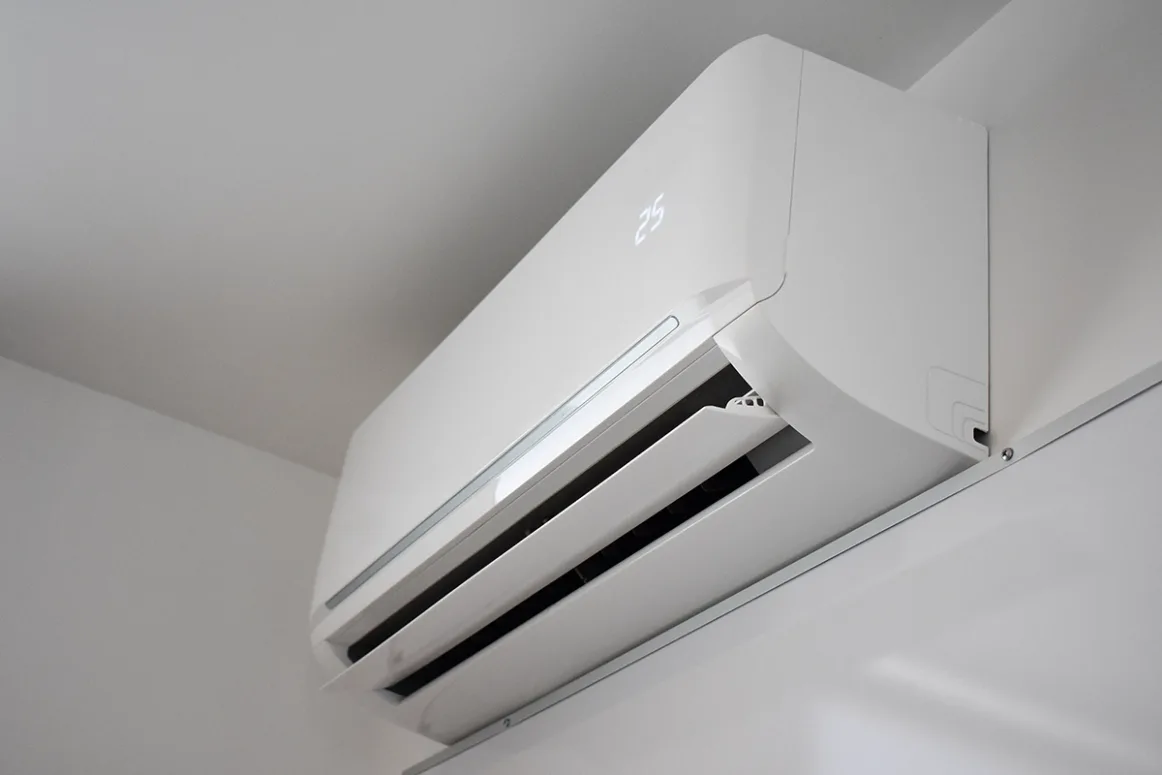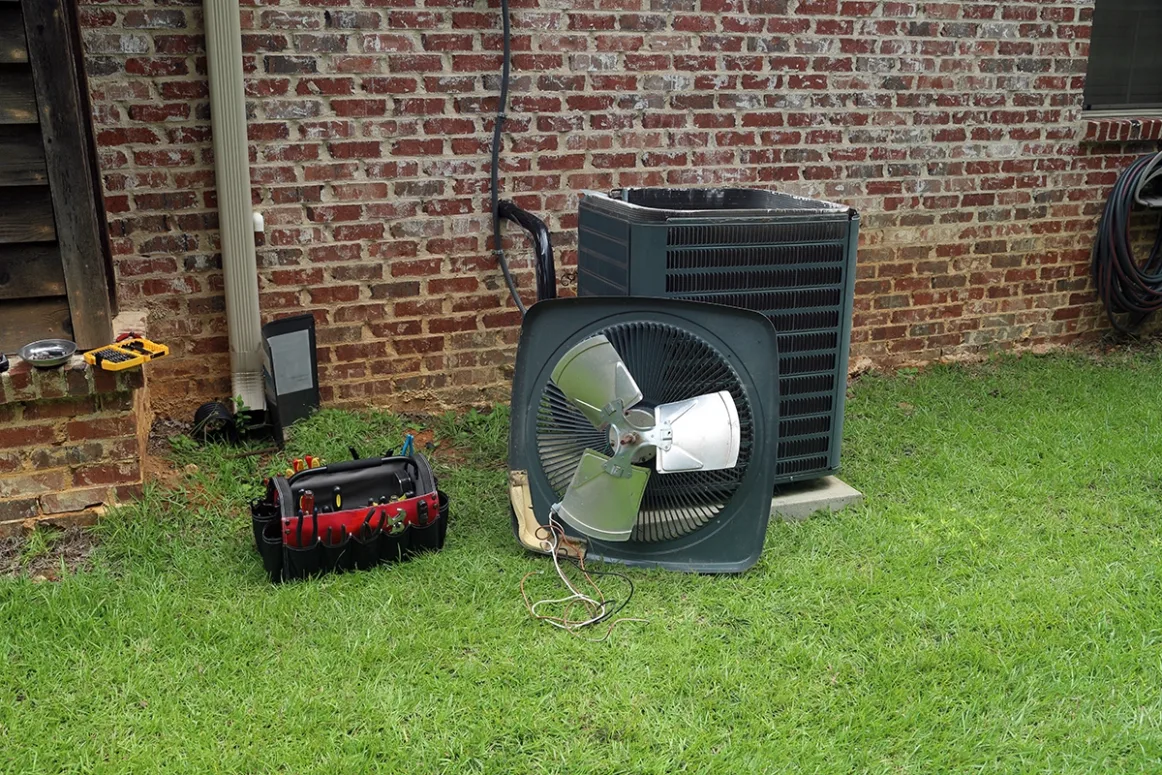
Is a Constant Air Volume (CAV) System Right for Your Space?
It doesn’t matter whether it is located in a commercial building, office, or home; maintaining the air quality and temperature is essential for comfort and productivity. Among all these available HVAC system designs, the Constant Air Volume (CAV) systems are often favored for their ease of use, effectiveness in temperature control, and reliability. Below, we will look at constant air volume (CAV) systems, how they function, their advantages and disadvantages, and a comparison of CAV and VAV systems.
What is a Constant Air Volume (CAV) System?
CAV, or constant air volume, refers to an HVAC system whose air supply is fixed regardless of the heating or cooling demand; only the temperature is changed to a value determined by the thermostat. One of the main features of a CAV system is that a predetermined airflow is always maintained within the room, which ensures that the volumetric air flow into a room stays constant without falling or rising in the air cooling or heating load. The air temperature changes instead of the amount of airflow that provides the required cabin temperature. This intuitive approach also makes CAV systems effective in single-zone applications.
How CAV Systems Work
CAV systems work through a relatively simple process. Let us dive into the components and process of why these systems work:
Components of a CAV System:
- Fan: In CAV systems, the fan runs at a constant volume, which means it keeps a fixed quantity of air moving through the ducts into the room.
- Ductwork: The ducts effectively supply air to each part of a given area or space, controlling the temperature in that area further.
- Temperature Control Units: The units heat or cool air according to the set thermostat before the air is delivered.
Operation Process:
Suppose the room temperature goes below or above the intended setpoint. Then, the constant air volume air will be heated or cooled to attain the desired temperature.
Even if the room temperature or the amount of heating or cooling required changes, the airflow toward the room would not change. This means that the airflow of the room will remain the same.
Typical Applications of CAV Systems
CAV systems are typically used in single-zone environments or in places where temperature control maintenance is needed. Some examples of CAV system applications include:
- Small Commercial Buildings: The CAV system is ideal for offices, retail centers, and other small commercial spaces with well-distributed air delivery.
- Residential Settings: CAV systems are well suited for open space design houses and spaces that do not need temperature controls in specific areas.
- Industrial Facilities: CAV systems are also used in warehouses and other industrial regions where the temperature must be constant for equipment to function properly.
Benefits of Using a CAV System
It is evident that many companies and individual homeowners opt for CAV systems when it comes to heating and cooling:
Simplicity: One of the main advantages of CAV systems is that they are simple to operate. Compared to more complex HVAC systems, fewer parts and processes are involved, simplifying installation, operation, and maintenance. This simple structure minimizes the chances of mechanical hitches and further reduces maintenance costs.
Reliability: A CAV system’s simplicity of design ensures its reliability. Fewer moving parts and a constant operating sequence lowers the chances of breakdown and performance failure. This ability to maintain temperatures is advantageous when temperatures must be maintained uninterrupted.
Cost-Effectiveness: Compared to Variable Air Volume (VAV) systems, CAV systems are usually less expensive to install and operate. Further, their minimal maintenance allows for lower total costs over time, making the system useful in smaller and medium-sized rooms.
Maintaining Consistent Temperature: The CAV system can keep the house’s indoor temperature at a certain level. This is very useful for areas that need to be set at a constant level inside, regardless of the conditions outside, so that the room members are comfortable.
Difference Between CAV and VAV Systems
Here, we will compare CAV and VAV systems. We all know that all heating or cooling systems depend on temperature control, but CAV and VAV are two of the most widely used systems that work on temperature control using very different methods.
Variable Air Volume (VAV) Systems: This is unlike the constant air volume system, where the predetermined volume of air is distributed in the various zones of a building. VAV systems vary the temperature and the amount of air supplied to designated areas or zones in a building. This implies that the airflow rate is adjusted to suit a particular zone’s heating or cooling demand. VAV systems improve temperature control by permitting more comprehensive settings for more significant or multi-zone buildings.
- The principal distinction between Constant Air Volume (CAV) and Variable Air Volume (VAV) systems lies in how they control air movements. CAV systems supply air at a constant rate irrespective of the temperature requirement; however, VAV systems can change airflow and temperature if such an option is warranted for the particular zone. In large buildings with several zones, it is more common for VAV systems to be used since they minimize the number of ventilation dampers and, at the same time, allow accurate temperature management. Constant air systems are suitable for areas with continuous temperature requirements without moisture or ventilation units; meanwhile, variable air systems are ideal where energy efficiency and zone control are needed per unit.
When to Pick a Constant Air Volume System for Your Space
It takes time to consider whether or not a CAV system is appropriate for your space due to different factors, such as the size of the area, your energy efficiency goals, and your budget. CAV systems are most suitable for:
- Single-Zone Spaces: If a building or a room needs to be heated or air-conditioned to a specific temperature throughout, then the CAV system is simple and efficient.
- Money Value: For smaller spaces where budgetary issues are paramount, CAV systems’ simplicity and low start-up costs could also make them superior to VAV systems.
- Applications with a Controlled Climate: If you already know that your enclosure will most likely always have the same temperature and will not be changing this often, then the CAV system is the best solution.
When is a VAV System the Better Option?
As beneficial as CAV systems are, there are circumstances where a VAV system would be more advantageous:
- Multi-Zone Control: In the case of larger buildings that are split into several zones with different heating and/or cooling needs, VAV systems provide more efficient control and energy.
- Energy Efficiency: The VAV systems serve each zone with only the required air volume for cooling or heating the space alongside other factors, bringing the constant air volume down.
- Dynamic Temperature Demands: In environments where temperature demands change frequently, VAV systems provide the flexibility to adapt to those changes without wasting energy.
In the End
Constant Air Volume (CAV) systems are very reliable, easy to use, and inexpensive and are ideal for spaces that need to maintain a specific temperature. Energy efficiency and flexibility may not compete with variable air volume (VAV) systems, especially in large or multi-one applications. Still, their effectiveness and simple control make them suitable for single-zone spaces such as small office, retail, and residential buildings. Since CAV and VAV systems are different, it is important to know the differences so that an efficient cooling system is installed in the home. If you’d like more specialized advice about which system would best suit your needs, it would be wise to call the experts at Russell Heating and Air.
A quick overview of the topics covered in this article.
Latest articles
April 15, 2025
April 15, 2025
April 15, 2025






